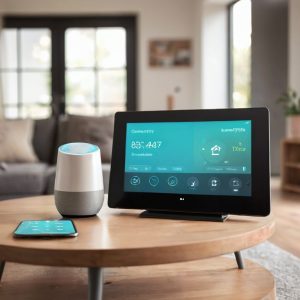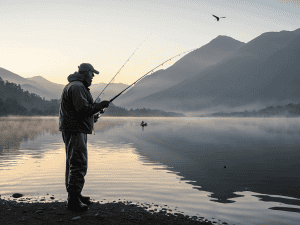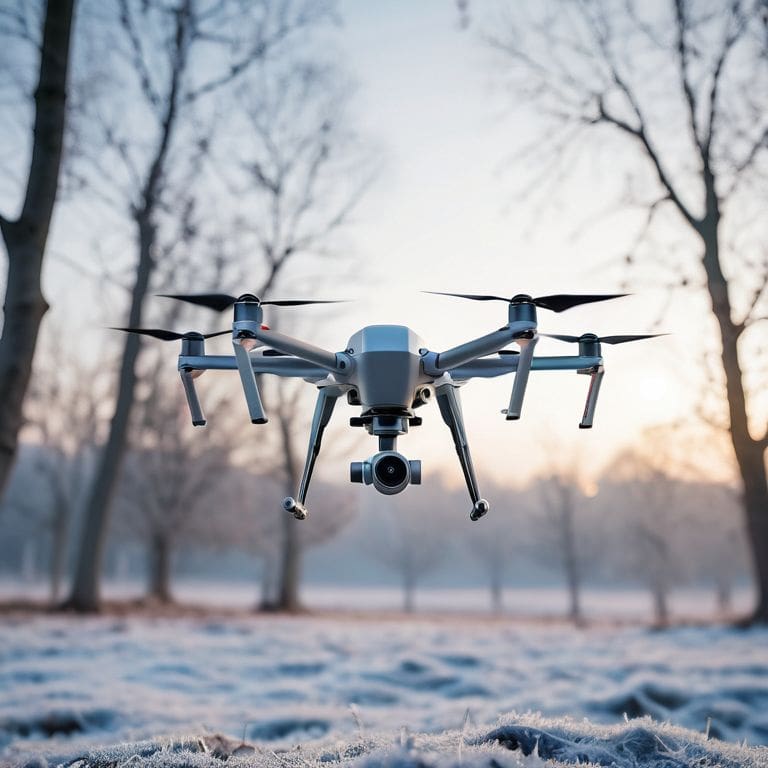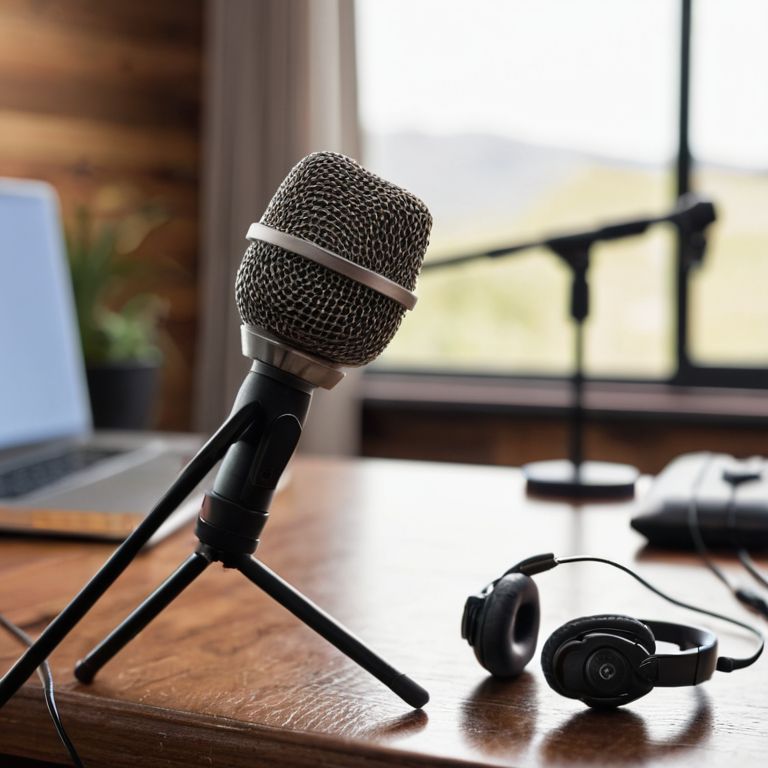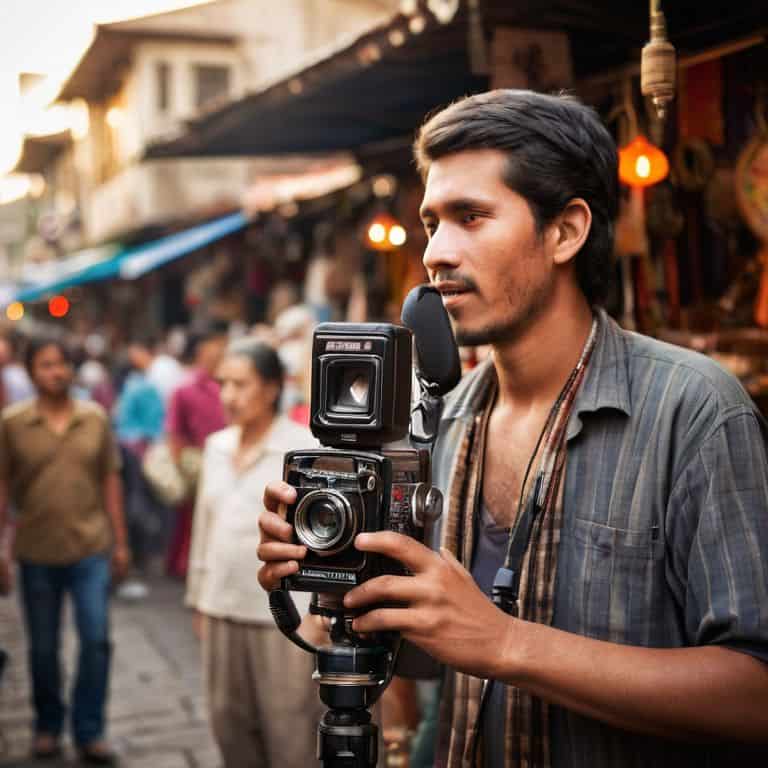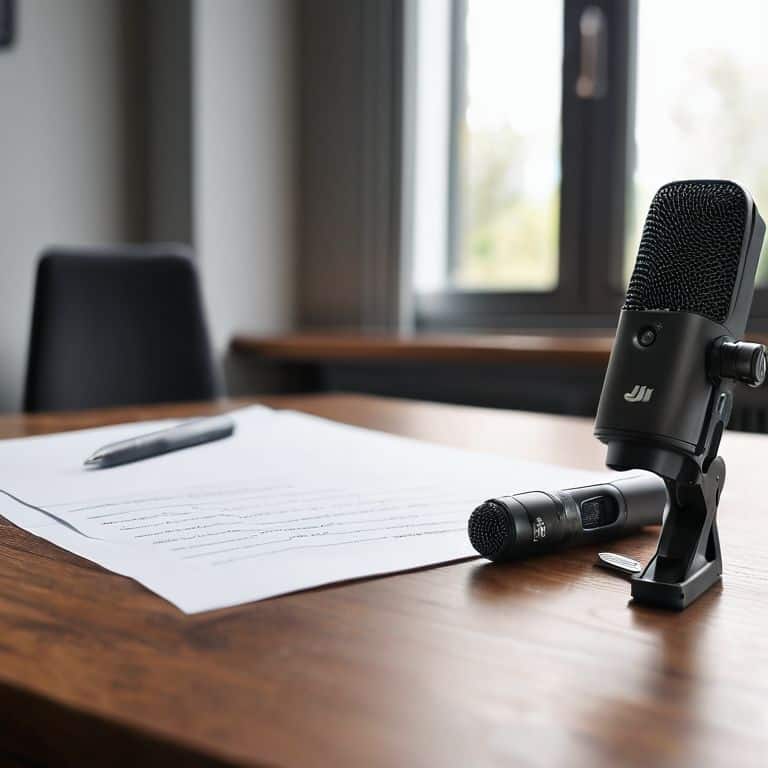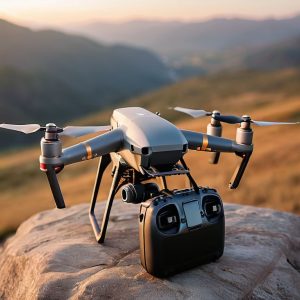I still remember the first time I tried flying a drone in cold weather – it was a disaster. My drone’s battery life was cut in half, and the chilly winds made it difficult to navigate. But, as a travel videographer, I’ve learned that the cold doesn’t have to be a barrier to capturing stunning footage. In fact, the unique lighting and landscapes of winter can be a dream to film. The common myth that drones can’t handle cold weather is simply not true – with the right preparation and gear, you can take your drone on incredible winter adventures.
In this article, I’ll share my honest, no-hype advice on how to successfully fly a drone in cold weather. I’ll cover the essential tips and tricks you need to know, from choosing the right gear to navigating icy winds. You’ll learn how to prepare your drone for the cold, how to extend its battery life, and how to capture breathtaking footage in the midst of winter. Whether you’re a seasoned pro or just starting out, this guide will give you the confidence to take your drone on a winter wonderland adventure and come back with stunning footage to show for it.
Table of Contents
- Guide Overview: What You'll Need
- Step-by-Step Instructions
- Flying a Drone in Cold Weather
- Flying in the Freeze: 5 Essential Tips to Keep Your Drone Airborne
- Key Takeaways for Flying a Drone in Cold Weather
- Flying in the Frozen Wilderness
- Braving the Elements: A Drone Enthusiast's Triumph
- Frequently Asked Questions
Guide Overview: What You'll Need
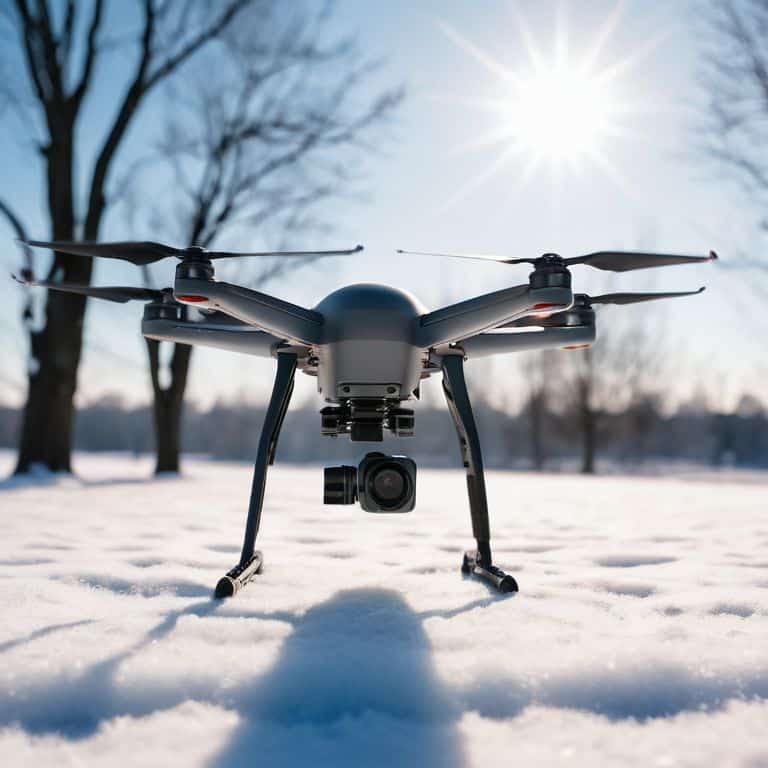
Total Time: 1 hour 15 minutes
Estimated Cost: $20 – $100
Difficulty Level: Intermediate
Tools Required
- Drone with cold-weather battery (check manufacturer recommendations)
- Remote controller with extra batteries (in case of cold-weather battery drain)
- MicroSD card (for capturing photos and videos)
- Drone propeller guards (optional, for protection in windy conditions)
- Thermal imaging camera (optional, for specialized cold-weather applications)
Supplies & Materials
- Lithium-polymer batteries (designed for cold-weather use)
- Battery insulation (to maintain temperature and prevent drain)
- Drone landing pad (for safe landing on snowy or icy surfaces)
- First aid kit (in case of accidents or injuries)
- Windshield or camera lens cover (to protect against snow, ice, or freezing rain)
Step-by-Step Instructions
- 1. First, check your drone’s manual to see if it has any specific guidelines for flying in cold weather – some models are more resistant to the chill than others, and you don’t want to risk damaging your gear. I’ve learned the hard way that frosty temperatures can be tough on batteries and motors, so it’s essential to know your drone’s limits.
- 2. Before you head out, make sure your drone is fully charged and that you have spare batteries with you – cold weather can drain batteries faster, and you don’t want to be stuck with a dead drone in the middle of nowhere. I always carry at least two spare batteries with me, just in case.
- 3. Choose a location with minimal wind and obstacles – flying a drone in cold weather can be challenging enough without adding extra hazards to the mix. Look for a spot with a clear takeoff and landing area, and try to avoid flying near trees or power lines.
- 4. When you’re ready to fly, start by doing a series of low-altitude tests to get a feel for how your drone is handling the cold air – this will help you get a sense of its performance and responsiveness. I like to start with some slow, gentle maneuvers to see how the drone reacts.
- 5. As you gain more confidence, you can start to push the limits of your drone’s capabilities – try flying at higher altitudes, or in more challenging wind conditions. Just be sure to keep a close eye on your drone’s performance, and be prepared to bring it back down to earth if you notice any issues.
- 6. To get the best footage, try to time your flights with the golden hour – the soft, warm light of dawn or dusk can add a whole new level of depth and beauty to your shots. I’ve found that this is especially true in cold weather, when the light can be harsh and unforgiving.
- 7. Finally, be sure to keep an eye on the weather – cold weather can be unpredictable, and you don’t want to get caught in a sudden storm or snowfall. I always check the forecast before I head out, and try to stay flexible in case the weather starts to change.
Flying a Drone in Cold Weather
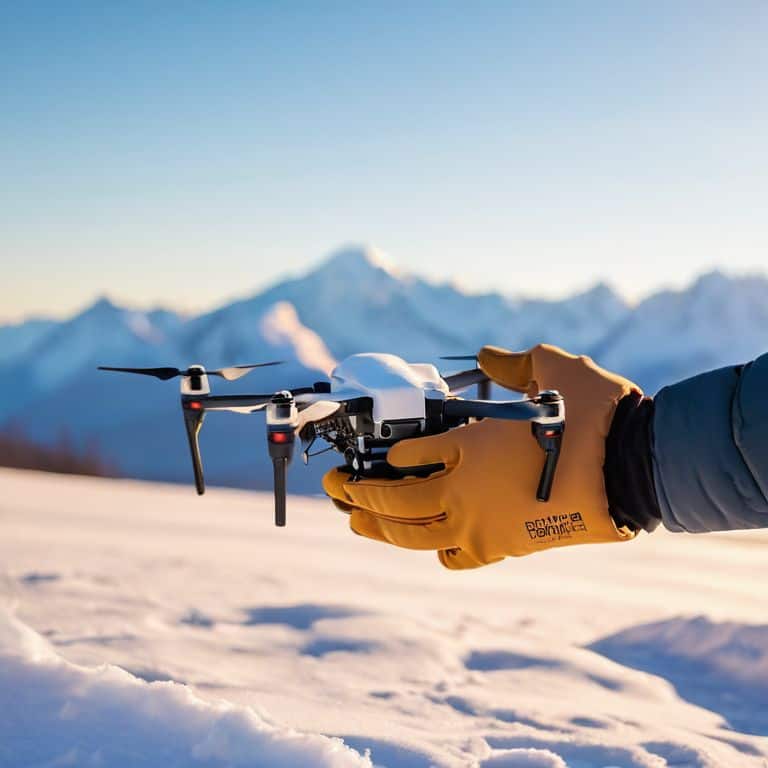
As I’ve learned from my own experiences, cold weather drone maintenance is crucial to ensure your device functions properly. I recall a particularly harsh shoot in the mountains where my drone’s battery life was significantly affected by the freezing temperatures. To combat this, I always make sure to keep my batteries warm before flying, either by storing them in a thermal pouch or keeping them close to my body.
When it comes to winter drone flying safety tips, preventing drone icing issues is a top priority. I’ve found that applying a water-repellent coating to the drone’s body and propellers can help reduce the risk of icing. Additionally, I always inspect my drone before each flight to ensure there’s no ice or snow accumulation on the propellers or camera.
In terms of drone propeller performance in cold air, I’ve noticed that they can be more prone to damage due to the increased air density. To mitigate this, I opt for high-quality propellers that are specifically designed for cold weather conditions. By taking these extra precautions and investing in the best cold weather drone accessories, I can focus on capturing stunning footage without worrying about my gear failing me.
Cold Weather Drone Maintenance Essentials
When I’m preparing for a cold-weather shoot, I make sure to give my drone a thorough once-over. A pre-flight check is crucial, but in freezing temps, it’s even more vital. I inspect the propellers for any signs of damage or wear, and ensure all connections are secure. A little extra maintenance can go a long way in preventing issues down the line. I also make it a point to update my drone’s firmware and calibrate the compass before heading out – it’s amazing how a simple software update can improve performance in extreme conditions.
I’m also meticulous about keeping my drone’s batteries warm, as cold batteries can significantly reduce flight time. I use insulated cases or even hand warmers to keep them cozy, and always carry spare batteries in my backpack. By taking these extra steps, I can ensure my drone is ready to capture stunning footage, even in the harshest winter conditions.
Winter Drone Flying Safety Tips Revealed
As I’ve learned from my own winter flights, safety is paramount. I always check the weather forecast before heading out, and if it’s going to be a particularly harsh day, I might reschedule for another time. It’s also crucial to keep an eye on your drone’s battery life – the cold can drain them quickly, and you don’t want to be stuck with a dead drone in the middle of nowhere.
I’ve developed a pre-flight checklist to ensure I’m prepared for the cold. This includes checking my drone’s propellers for any damage, making sure my controller is fully charged, and bringing spare batteries. It’s also a good idea to fly in an open area, away from trees and power lines, to minimize the risk of accidents. By being prepared and aware of the potential hazards, you can safely capture stunning winter footage with your drone.
Flying in the Freeze: 5 Essential Tips to Keep Your Drone Airborne
- I always make sure to warm up my drone and its batteries indoors before heading out into the cold, it’s a simple trick to get the electronics going and ensure a smooth flight
- Checking the weather forecast is a no-brainer, but I also keep an eye on wind chill and air density – it can make a huge difference in your drone’s performance and battery life
- I’ve learned to hand-warm my drone’s batteries during long flights in cold conditions, it sounds crazy but it can give you that extra 10 minutes of flight time when you need it most
- Before flying, I do a quick once-over of my drone to ensure all the moving parts are well-lubricated and free of ice or debris – a stuck propeller or frozen joint can be a real showstopper
- I never fly my drone when the temperature drops below -10°C, it’s just not worth the risk of damaging the electronics or compromising the motors – sometimes it’s better to wait for a warmer day to get that perfect shot
Key Takeaways for Flying a Drone in Cold Weather
I’ve learned that cold weather can significantly impact a drone’s battery life, so it’s crucial to keep an eye on those levels and plan flights accordingly
Pre-flight checks are even more vital in cold conditions – make sure to inspect your drone for any damage, check the propellers, and ensure all components are securely fastened
Capturing stunning footage in cold weather requires a combination of the right gear, careful planning, and a deep understanding of how your drone behaves in low temperatures – it’s all about being prepared for the challenges that come with flying in frozen skies
Flying in the Frozen Wilderness
The chill in the air isn’t just a test of your drone’s mettle, it’s a reminder that even in the most inhospitable conditions, the right gear and a bit of grit can turn a frozen landscape into a breathtaking work of art.
Rachel Bennett
Braving the Elements: A Drone Enthusiast's Triumph
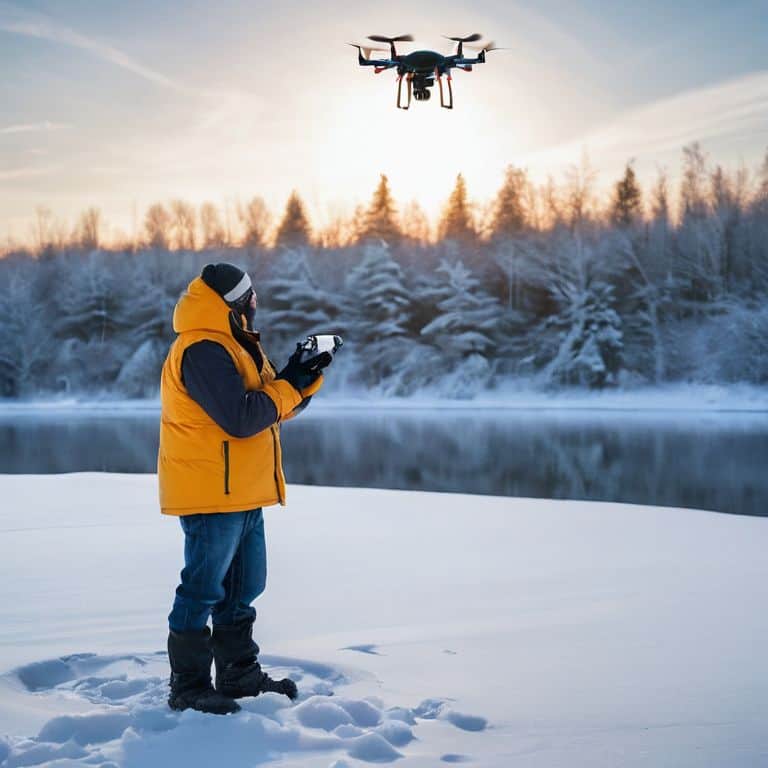
As I reflect on my experiences flying a drone in cold weather, I’m reminded of the importance of preparation. From maintaining my drone’s batteries to being mindful of wind chill and frost, every detail counts when capturing stunning aerial footage in harsh conditions. By following the steps outlined in this guide, you’ll be well on your way to becoming a seasoned drone pilot, capable of navigating even the most challenging environments with ease and confidence.
So the next time you find yourself standing at the edge of a frozen landscape, wondering if your drone can handle the brutal beauty of it all, remember that with the right gear, knowledge, and attitude, you can conquer any sky and bring back breathtaking footage to prove it. Keep exploring, keep pushing the limits of what’s possible, and always keep your eyes on the horizon – the perfect shot is just a flight away.
Frequently Asked Questions
What are the best practices for storing and transporting my drone in freezing temperatures to prevent damage?
When storing and transporting my drone in freezing temps, I make sure to keep it in a waterproof case, insulated with foam to absorb any shocks. I also let it acclimate to the cold slowly, and never leave it in a freezing car overnight – it’s all about minimizing thermal stress to prevent damage.
How can I maintain visibility and control when flying my drone in snowy or icy conditions?
In snowy or icy conditions, I rely on a combination of GPS, visual line-of-sight, and a trusty first-person view (FPV) camera to maintain control of my drone. I also make sure to adjust my flight mode to account for reduced visibility and slower reaction times – it’s all about being prepared and adapting to the environment.
Are there any specific drone models or accessories that are better suited for flying in extremely cold weather?
I swear by my DJI Mavic 2 Pro for cold-weather flights – its rugged design and batteries handle the chill surprisingly well. For extreme cold, I recommend the PolarPro drone battery pack or a similar insulated case to keep your batteries warm and functional. Trust me, it’s a game-changer in sub-zero temps!
